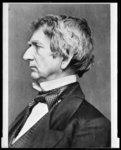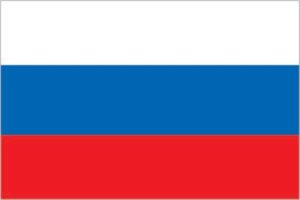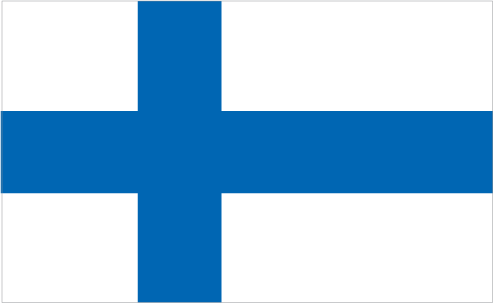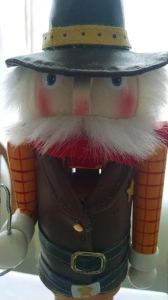Swan Lake, Tchaikovsky’s ballet, opened in Saint Petersburg, Russia, in 1895. Idea: Children could listen to a portion of the music and perhaps transfer what they hear to art. Children could read Swan Lake, written by Mark Helprin and illustrated by Chris Van Allsburg.
Hermitage Museum opened to the public in Saint Petersburg, Russia, in 1852. Catherine the Great created the museum in 1764. One of the oldest museums in the world, the Hermitage houses nearly three million artifacts. Children can participate in a virtual tour or see virtual exhibits at the museum’s very interesting website at: Hermitage Museum.
National Cabbage Day is today! A vegetable grown in even ancient times, the cabbage is a nutritious, versatile vegetable. The largest cabbage grown weighed 138 pounds 4 ounces! The world’s biggest producers of cabbage are China, India, Russia, South Korea, and Ukraine. In the United States, the biggest producers are California, New York, Florida, and Wisconsin. Idea: Children could research the health benefits of cabbage.

William Henry Seward
Alaska was bought by the United States from Russia in 1867. The purchase was often originally called Seward’s Folly. William Seward, secretary of state, bought Alaska for $1,200,000. That averaged out to about two cents an acre. The 1898 Alaska gold rush was one of the first indicators that the United States had made a good bargain. Children could learn more at: Alaska.

Flag of Russia
Russia celebrates Russia Day. According to the CIA World Factbook, Russia is about 1.8 times the size of the United States. About 142 million Russians live there, mostly in southern locations. Lake Baikal, located in Russia, is the deepest lake in the world and retains about 20% of all our fresh water. Moscow is the capital.

Flag of Finland
Finland celebrates Independence Day. It became free from Russia in 1917. For centuries Sweden and Russia have fought over Finland. Russia took over the country in 1809. According to the CIA World Factbook, Finland is slightly smaller than the state of Montana. Today Helsinki is the northernmost capital of any country in Europe. More than five million people live in Finland, and most live in a small coastal plain. Over three-fourths of the land is covered with forests. It exports timber and wood pulp. Children can learn more at: Finland.
Union of Soviet Socialist Republics expired in 1991. Many portions of the Soviet Union broke away and formed their own countries. These countries included Armenia, Azerbaijan, Belarus, Estonia, Georgia, Kazakhstan, Kyrgyzstan, Latvia, Lithuania, Moldova, Russia, Tajikistan, Turkmenistan, Ukraine, and Uzbekistan. Children could visit: USSR Map. There they could view the USSR map and today’s Russia and other countries map. They could also click on a country to learn more information.

A Western Nutcracker
The Nutcracker, created by Pyotr Ilyich Tchaikovksy, was performed for the first time in St. Petersburg, Russia, in 1892. The ballet was based on Ernst Theodor Wilhelm Hoffmann’s story, “The Nutcracker and the Mouse King.” The ballet is performed countless times, especially in the United States, at holiday time. Children can read the wonderfully illustrated The Nutcracker, by Susan Jeffers, to understand the ballet’s story.